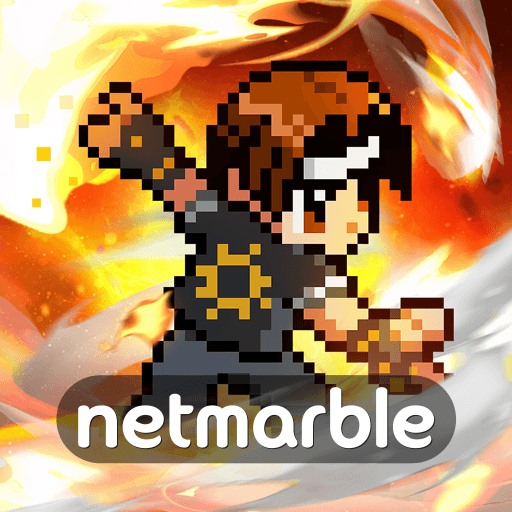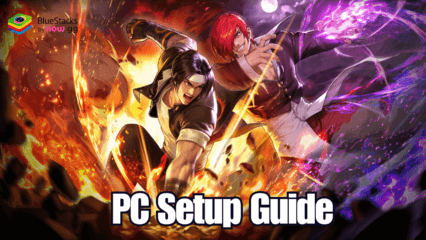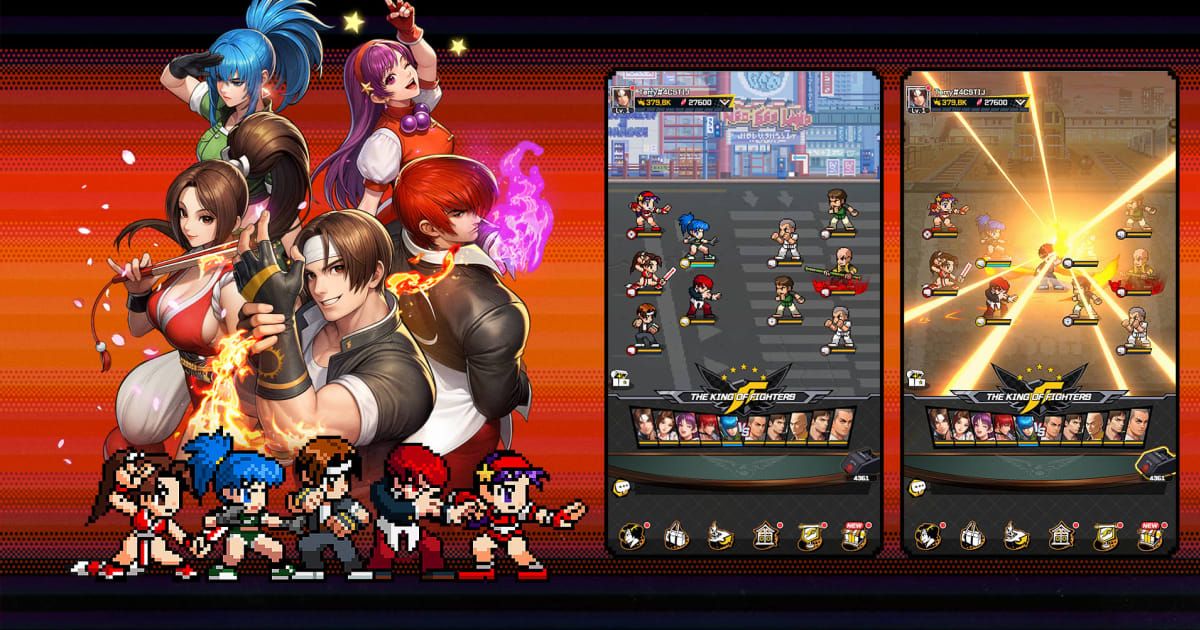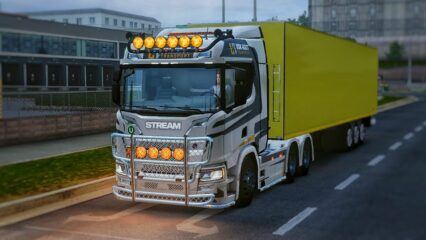The King of Fighters AFK – Fighter Formation & Team Building Guide
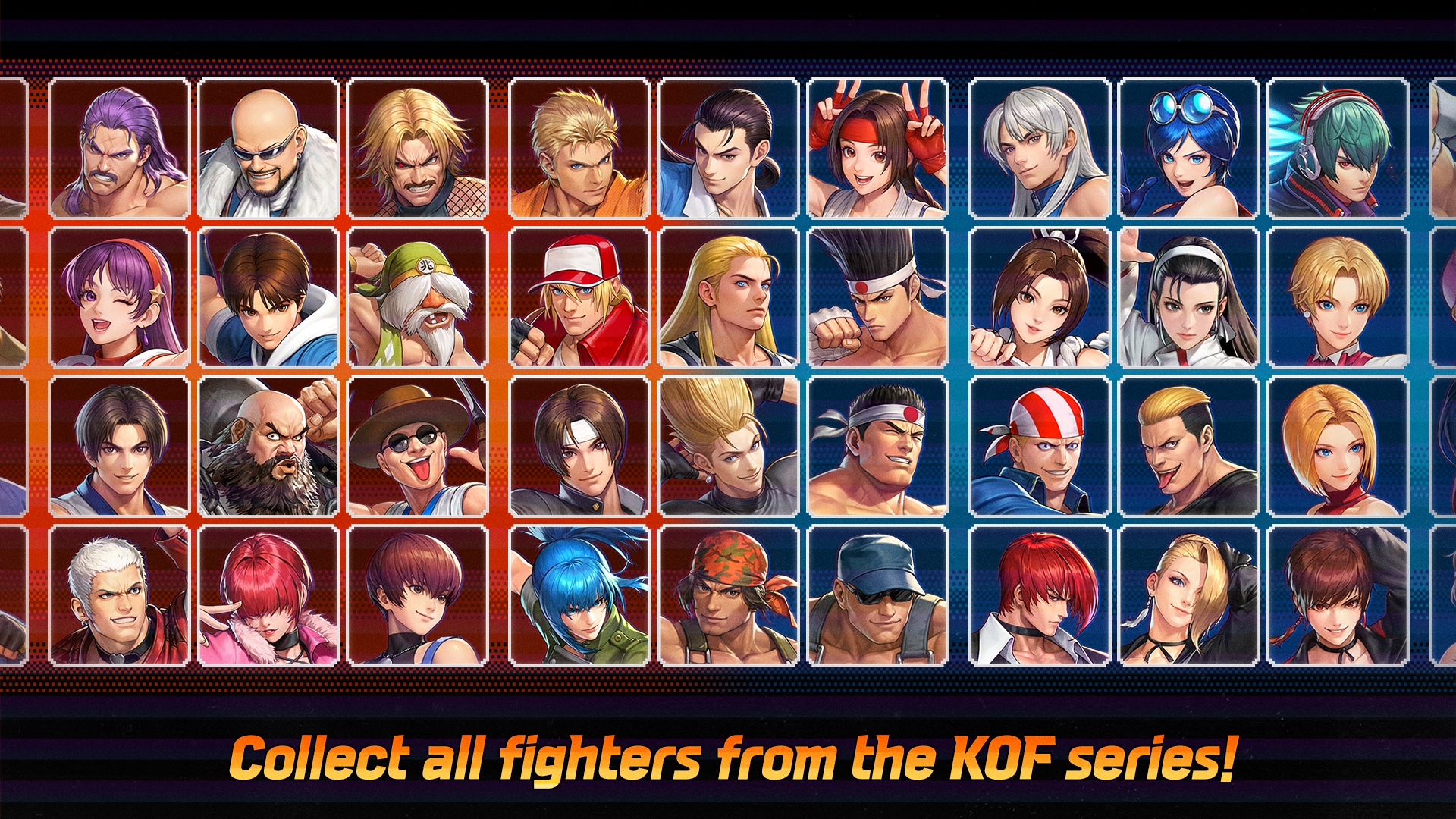
In The King of Fighters AFK, winning battles isn’t about reflexes or combos — it’s about how well you set up your fighters before the fight even begins. The formation system is the centerpiece of this, allowing you to assign roles, place characters in the right positions, and maximize synergy between teammates. Whether you’re a beginner assembling your first roster or a veteran refining your lineup, understanding formation and team building is the key to steady progression.
Understanding Fighter Roles
Every fighter plays a specific role, and a good team balances these roles rather than stacking power blindly.
- Tanks are frontline units built to absorb damage. They keep your fragile allies alive.
- Damage Dealers (DPS) are your main source of offense, designed to eliminate threats quickly.
- Supports and Healers provide sustain, buffs, and utility, allowing your team to endure longer battles.
Building a lineup without a tank or without support often results in early losses, even against weaker teams. Each role is a puzzle piece, and your formation is the completed picture.

Positioning in Formation
Where you place your fighters determines how long they survive and how effective they are. The field is split into rows, and positioning should follow a logical structure:
- Front Row: Durable tanks and melee fighters who can take hits.
- Middle Row: Balanced fighters or secondary DPS who can deal steady damage.
- Back Row: Supports, healers, and ranged fighters who must be protected.
Early in the game, a safe structure is two tanks in front, two DPS in the middle, and one support in the back. As your roster expands, you can experiment with different setups, such as using only one tank and filling the extra slot with another DPS.

Adding and Managing Fighters
When you unlock a new fighter, the tutorial guides you through the process of adding them to your team. This involves selecting them from your roster and assigning them to an open slot. You can swap fighters in and out freely depending on your needs.
Adding fighters is more than just filling empty slots — you should think about how each new addition complements your existing team. For example, adding Shingo may give you a sturdier frontline, while Athena can fill a support role to keep your lineup alive.

Enhancing Fighters
Formations are only as strong as the fighters inside them. Enhancing increases levels, stats, and Combat Power, ensuring your team scales with rising difficulty. Even early on, keeping your fighters enhanced is critical for smooth progression.
The enhancement screen shows everything you need: level, stats, skills, and available resources. Spend coins and enhancement materials regularly rather than hoarding them. A balanced, fully enhanced team will perform far better than a lopsided lineup with one over-leveled fighter and weak teammates.

Synergy and Team Composition
Team synergy is just as important as raw stats. Many fighters belong to factions or story-based groups that unlock synergy bonuses when deployed together. For example, members of the Three Sacred Treasures or the School Girls’ Union provide each other with buffs.
This makes roster building more strategic. A team of individually strong fighters may underperform compared to a slightly weaker lineup that benefits from strong synergy. Always check the codex for which combinations unlock the best bonuses.
KOF_FF_ENG_06
Adapting to Enemy Formations
One of the most common mistakes beginners make is ignoring enemy formations. Even if you’re stronger on paper, the wrong setup can lead to defeat. Instead of brute forcing, study the enemy lineup. If their strongest DPS is on the left side, position your tank opposite them. If their formation targets your backline, move your support to a safer slot.
Small changes like this often swing battles in your favor. Winning is not just about having more power — it’s about countering your opponent’s strategy with smart positioning.

Early Game Team Building Tips
During the early stages, you’ll be working with a limited roster. Don’t worry about having the perfect setup right away. Instead, focus on building a lineup that covers all roles.
For beginners, a strong early game team might look like:
- 1 Tank (e.g., Shingo for frontline durability).
- 2 Damage Dealers (fighters like Iori who can deal steady damage).
- 1 Support (Athena is a great early healer/buffer).
- 1 Flexible Slot (use whoever strengthens synergy or completes codex sets).
This setup gives you survivability, damage, and sustain — the three pillars of effective team building.
Long-Term Formation Strategy
As you unlock more fighters, your focus should shift from just filling roles to creating specialized teams. Some lineups may excel in campaign stages, while others perform better in dungeons or events. Experimentation is key.
Two habits will help in the long run:
- Regularly update formations based on your newest and strongest fighters.
- Keep influence stats upgraded, since global boosts make any formation stronger.
A flexible player who adapts lineups for different content will always stay ahead of someone who sticks to a single static formation.

Formations in The King of Fighters AFK decide battles before they even begin. By understanding fighter roles, positioning your team effectively, keeping your units enhanced, and making use of synergy, you can consistently outperform opponents with higher Combat Power. The ability to adapt by swapping fighters, changing positions, and countering enemy lineups is what separates average teams from great ones. With smart formation and team-building strategies, you’ll progress smoothly through the campaign and beyond. For the best gaming experience, play The King of Fighters AFK on BlueStacks!
Keep progressing in THE KING OF FIGHTERS AFK with our other in-depth guides.

